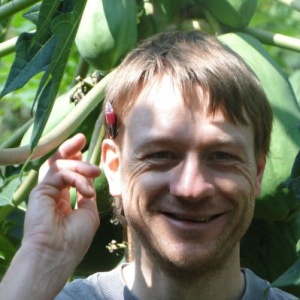Patiño, J., Hedenäs, L., Dirkse, G.M., Ignatov, M.S., Papp, B., Müller, F., González-Mancebo, J.M. & Vanderpoorten, A. (2017) Species delimitation in the recalcitrant moss genus Rhynchostegiella (Brachytheciaceae).
Taxon,
66(2), 293-308. DOI:10.12705/662.1 (IF2017 2,680; Q1 Plant Sciences)
Bryophytes, with their reduced morphologies and challenging taxonomy, appear as ideal candidates for the application of the fast-developing tools of molecular species delimitation. Here, we apply species delimitation techniques to the moss genus Rhynchostegiella, which has long served as a convenient repository for small pleurocarpous species. Species delimitation analyses, including the Generalized Mixed Yule Coalescent approach and its Bayesian variant, congruently identified 13 putative species within Rhynchostegiella. To avoid inflation in the number of species with sympatric distributions that can only be recognized molecularly, we identified only one species when two or more molecular species were monophyletic, sympatric, and morphologically impossible to tell apart. After exclusion of 33 species from the genus based on earlier revisions or studies of type specimens, we recognized 11 Rhynchostegiella species. Eight of these species were already described, but were recircumscribed. In particular, the widespread R. litorea is split into three species with narrower distribution ranges: R. litorea s. str. occurs across continental Europe, western Asia and Africa (excluding Macaronesia), while R. pseudolitorea sp. nov. and R. tubulosa sp. nov. are Macaronesian and Aegean-Cypriotic endemics, respectively. The Macaronesian endemic R. macilenta is reduced to synonymy with R. teneriffae while the Macaronesian endemic status of R. bourgeana is re-instated. Altogether, Rhynchostegiella thus includes four Macaronesian endemic species, namely R. azorica, R. bourgeana, R. pseudolitorea, and R. trichophylla, making it the bryophyte genus with the highest number of Macaronesian endemic species. Given the difficulties in identifying some of those species from morphology, as highlighted in the identification key presented here, we describe easy-to-use DNA "barcodes" that can be a useful tool for specimen identification when key morphological characters lead to uncertain identification.


